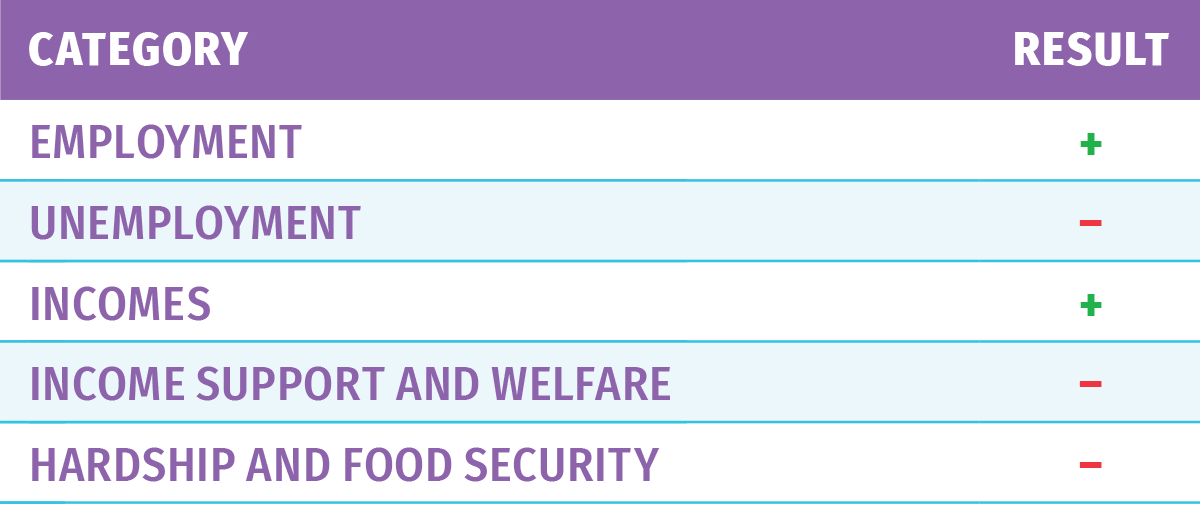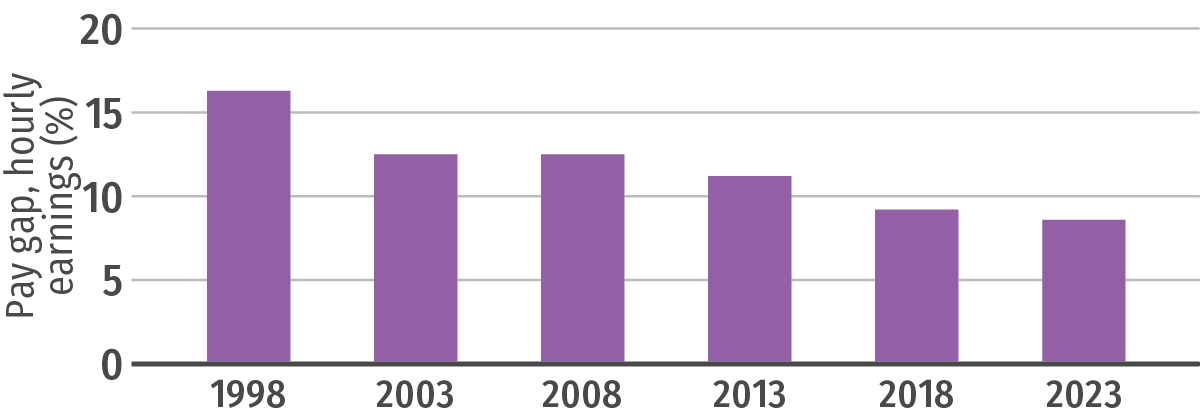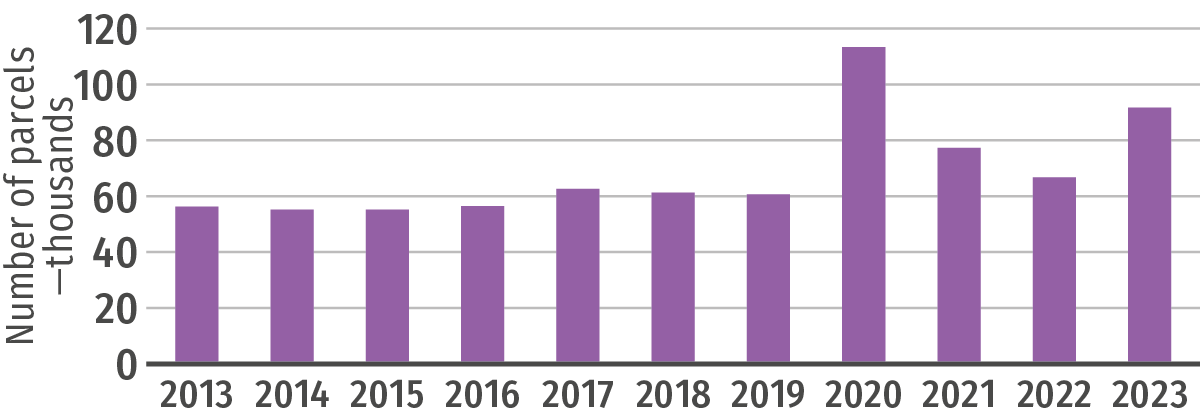You are here
Work and Incomes
After an extended period with high levels of employment and workforce participation, 2023 saw signs of deterioration as rates reduced from the record highs of the recent years.
A huge surge in net migration during 2023 meant a rapid increase in population and in the number of people to meet demand for workers and fill vacant jobs. Thus, the number of people employed grew, at the same time as unemployment rose during the year, coming off the sustained record low level of the past two years. The impacts of the increase in unemployment did not fall evenly, with Māori and Pacific workers experiencing larger increases than others in their unemployment rates.
Unemployment rate by ethnicity—2019–2023 (September actual, not seasonally adjusted)
The economic situation also began to turn during the year, with real annual Gross Domestic Product (GDP) per person reducing in the year to September 2023. GDP per person was still higher in 2023 than prior to Covid-19 in real terms, and the challenge for our society continues to be how fairly these resources are shared.
Wages continued to rise roughly in line with inflation, and income inequality had continued a five-year downward trend in 2022. Even as the gender pay gap reduced slightly, inequities in incomes across gender and ethnicity remain persistent—more progress is needed.
Gender pay gap, median hourly earning—1998–2023
Income support numbers steadily increased during 2023 after falling in 2022, as the number of people receiving Jobseeker support began to rise with unemployment rates. The number of people receiving hardship grants from government agencies remained around the same as in the previous year.
Inflation remained high although decreasing from the previous year’s peak. Household living cost pressures also remained high for people on low incomes, as they faced continuing high food and grocery price increases.
The proportion of households with children reporting some level of food insecurity rose sharply in 2023, including 40 percent of Pacific households with children. The volume of food assistance provided by Salvation Army Community Ministries increased by more than 40 percent on the previous year. This shows that progress made to reduce hardship in previous years is not keeping up with additional cost pressures, as the need for food support and other hardship assistance increases.
Number of food parcels provided by The Salvation Army—2013–2023 (December years)
Sections: Home | Introduction | Children & Youth | Work and Incomes | Housing | Crime and Punishment | Social Hazards | Māori Wellbeing
Data: Work and Incomes Interactive Dashboard
Download State of the Nation: Full report | Summary document



